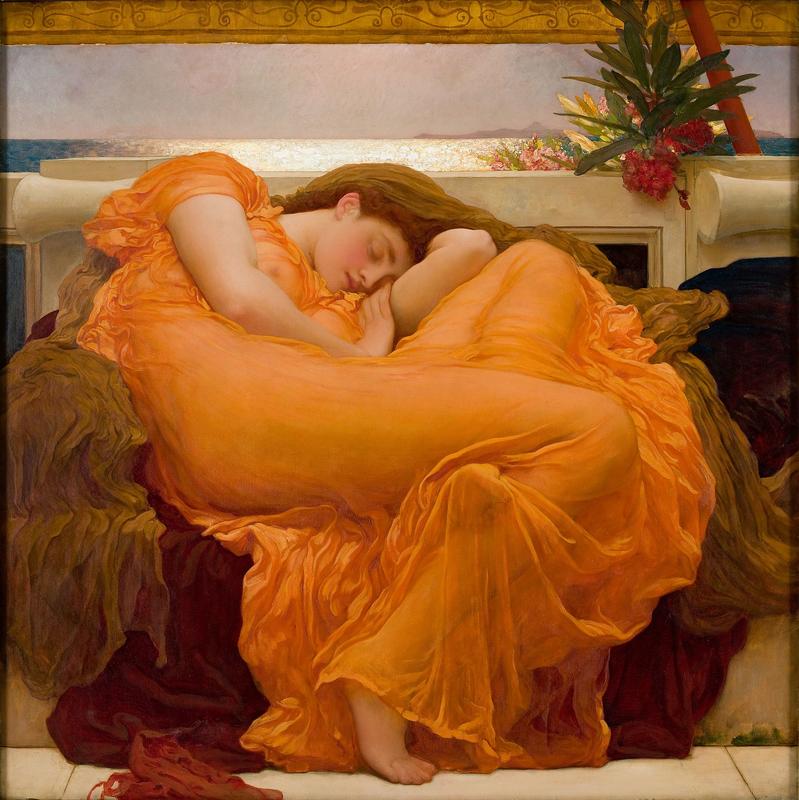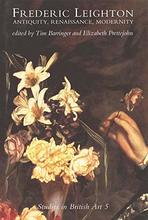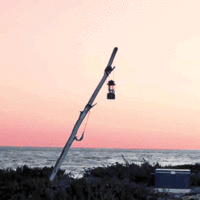More about Flaming June
- All
- Info
- Shop

Sr. Editor
Flaming June tells us exactly how hot Puerto Rico gets in the summer
Leighton originally had this imagery as part of a larger commission called Summer Slumber and liked it so much he made an entirely new piece exclusively focusing on naptime. This is very much like August Rodin who pulled nearly all his sculptures from a huge commission for doors depicting the Gates of Hell.
The lady in this painting is either Dorothy Dene or Mary Lloyd, actresses who were very popular with the Pre-Raphaelite artists, or perhaps a combination of the two.
Dorothy was Leighton’s favorite model. Some speculate that he was gay because he never married and liked to keep company with 20-something studs or maybe it was just that he had a fatty crush on Dorothy and was waiting for her to give him the signal. Who knows if she felt the same but keep in mind he was FORTY years older than her. Gross.
He was also somehow involved with the much older poet Henry William Greville who sent Leighton lots of letters but Leighton never seemed to have sent any back.
I kind of really love the outfit. It might just be a gauzy orange blanket but damn it looks good! Please ignore the nip-slip and the fact that underwear lines would ruin the look. Where’s a good slip when you need it?!
For a time while Victorian and especially Pre-Raphaelite art was out of fashion Flaming June set up shop in a hair salon on Albemarle Street, Mayfair in Central London in the 1930s.
In the 60s there was a lot of purchasing drama happening around this painting:
- Art dealers tried to sell it and failed to even reach the reserve price of $140 (about $840 today, what a bargain!!).
- In the early 1960s, a young Andrew Lloyd Webber attempted to bum £50 from his grandma to buy this painting from a London art dealer. She turned him down and Mr. Webber has been bitter about it ever since, even writing an entire webpage dedicated to his misfortune. He even tried to buy it from the museum for £6 million. They turned him down.
- Finally, in 1963, Luis A. Ferre, future Governor of Puerto Rico, waltzed into a gallery in Amsterdam and purchased the painting for $1,000, to be placed in the museum he founded and was touring Europe to stock. (P.S. There are conflicting stories saying he actually paid $6,000. Believe whomever you want)
In Tom Lubbock’s review from when Flaming June was exhibited at Tate Britain he said, “In the rumpled bits around the edge of the figure, the supposedly sheer material becomes thick and opaque. And the rumples themselves are phoney.” Well, sorry Holden Caulfield! I don’t know if Mr. Lubbock has ever worn a flowy, gauzy dress but he may be surprised to learn that sometimes a dress is more or less sheer depending on the lighting, if it’s one or two layers of fabric, or how tight the fabric is being stretched. RUDE!
Featured Content
Here is what Wikipedia says about Flaming June
Flaming June is a painting by Sir Frederic Leighton, produced in 1895. Painted with oil paints on a 47-by-47-inch (1,200 mm × 1,200 mm) square canvas, it depicts a sleeping woman in a sensuous version of his classicist Academic style. It is Leighton's most recognisable work, and is much reproduced in posters and other media.
Flaming June disappeared from view in the 1930s and was rediscovered in the 1960s. It was auctioned shortly after, during a period of time known to be difficult for selling Victorian-era paintings, where it failed to sell for its low reserve price of US$140 (the equivalent of $1,126 in modern prices). After the auction, it was promptly purchased by the Museo de Arte de Ponce in Ponce, Puerto Rico. It was brought back to the UK to be displayed at the Royal Academy of Art in 2024 where it was presented as the masterpiece by the artist for his retrospective.
Check out the full Wikipedia article about Flaming June

















